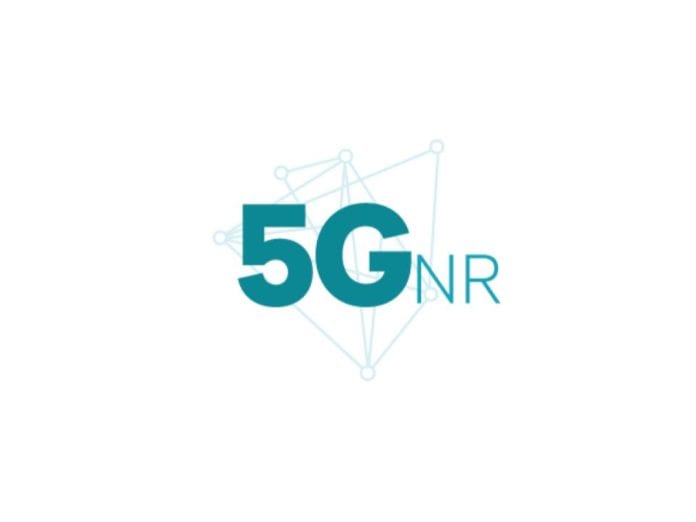Experimental technology seen as having potential for AR/VR applications in ultra-dense urban and in-building environments.
Nokia Bell Labs and NTT-DoCoMo announced that they will be demonstrating technologies aimed at showing the viability of using 5G New Radio technology for operations in the 90 GHz band. In a joint press release the companies outlined a series of demonstrations to be held at the Brooklyn 5G Summit, which is being held this week at New York University’s Tandon School of Engineering.
Tests to focus on both radio and core improvements
The major technology breakthrough on display has to do with applying 5G NR to radio network propagation in an ulta-dense millimeter wave setting, the companies said. Nokia and NTT DoCoMo said that the tests “will demonstrate how using 5G New Radio enhancements at higher mmWave frequency bands can manage radio complexity and a larger number of antenna beams, while enabling greater bandwidth. It will also show how using a larger number of antenna elements at higher frequency bands can minimize pathloss to enable coverage similar to that found using lower mmWave bands.” The demo utilizes a phased array antenna system scalable up to 256 elements that leverages an RF integrated circuit with 90 GHz support that was developed by Bell Labs.
Additionally, the release states that the demonstrations will also be aimed at showing how dynamic offloading in the 5G core can be accomplished to help reduce latency for ultra-broadband applications related to augmented-reality- and virtual-reality-based video services.
Work carries potential near-term commercial implications
The demonstrations at the Brooklyn 5G Summit represent a next-step in a joint relationship announced between Nokia and NTT DoCoMo in January, 2018 to focus on commercializing 5G NR technology in NTT DoCoMo’s network by 2020. At the same time, while the work being showcased does have the potential to influence development on some high profile 5G use cases (i.e., AR/VR in dense urban environments), the use of mmWave technology in the 90 GHz spectrum range is still very experimental, with substantial work remaining before the technology will be ready for production deployment.
Nevertheless, one of the key values of operating in high spectrum bands is the ability to cluster smaller antennas to concentrate radio resources in order to create ultra-high-capacity networks in relatively defined spaces. To this end, if one well understood AR/VR use case is to enable the delivery of augmented reality videos in, say, a shopping mall environment, then the work that Nokia and NTT DoCoMo are doing as part of this particular demonstration could play a key role in enabling the type of capabilities that will help to drive 5G adoption.
To help further the work being showcased at the Brooklyn event, both companies have indicated that work related to these demonstrations will continue at NTT DoCoMo’s test lab at Yokosuka Research Park in Japan.

